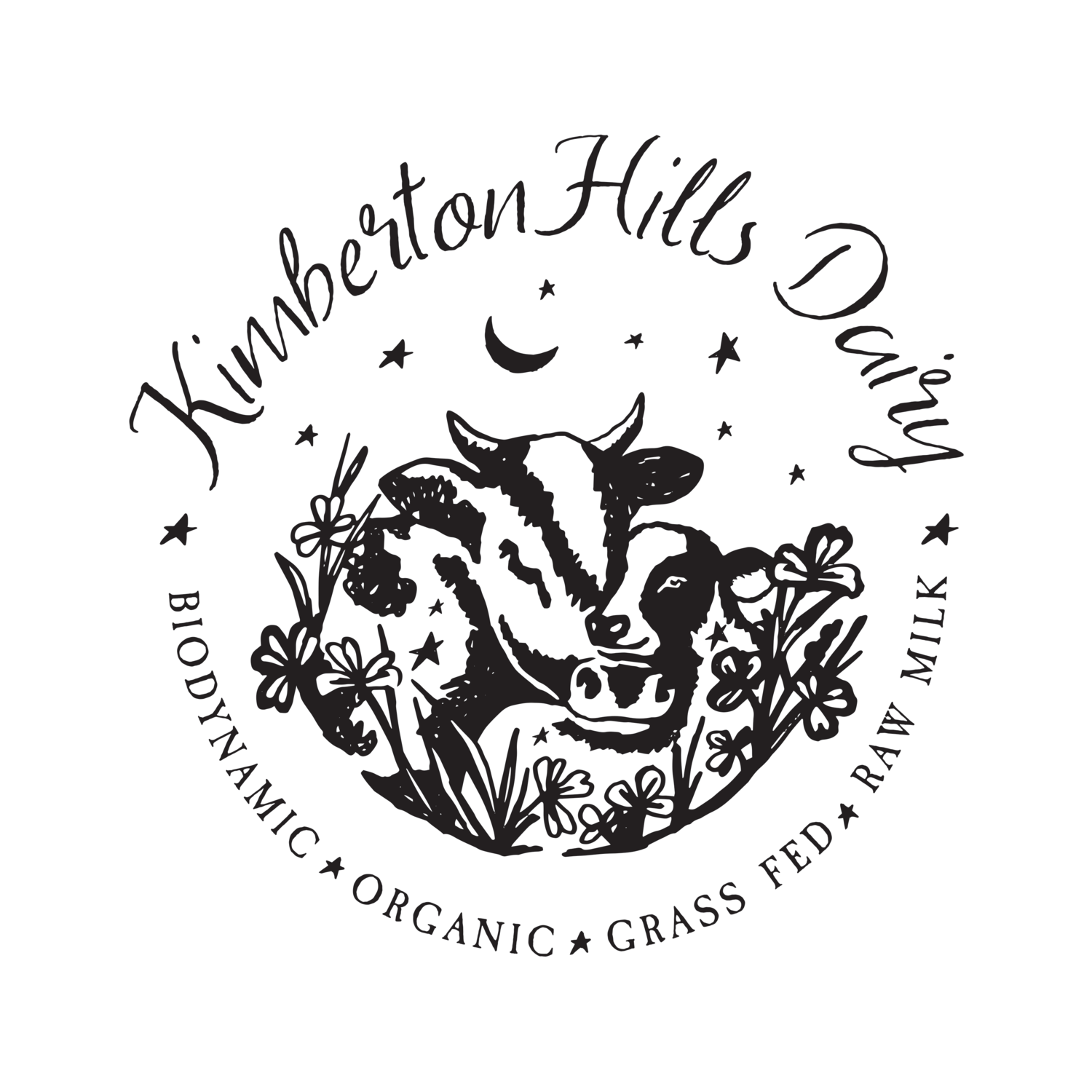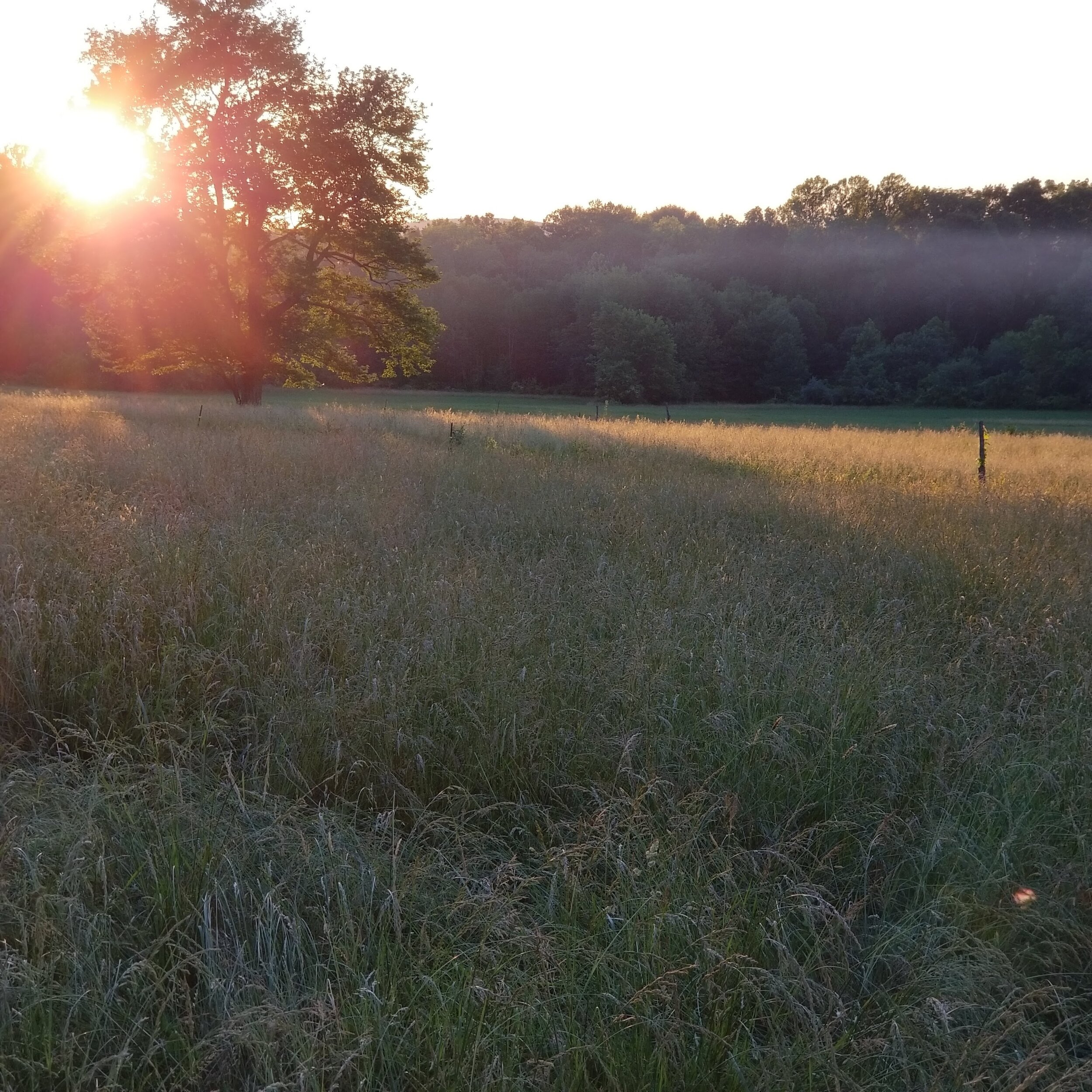Beyond Organic
At Kimberton Hills we believe that the health of land and people are deeply interdependent. In that spirit, we practice biodynamic agriculture, which begins with the best organic practices and incorporates a view of the farm as a living organism. Biodynamic agriculture was born in 1924 because of German farmers who were concerned about their crop plant degeneration and cattle fertility loss, and it was the first of the organic agricultural movements.
Biodynamic agriculture involves specific practices aimed at improving soil fertility, plant vitality and livestock care within a unified ecological framework. It can be seen as a quest for a balance between the production system and its environment.
We milk less often
In robotic milking systems on large industrial dairies, cows may be milked 4-5 times per day. We milk our cows once or sometimes twice per day, depending on the cow, the weather and various other factors.
Ok, this may not be the way to maximize CTW yield per farm animal, but we find our cows appear less stressed, and we believe, are happier and healthier.
Not only are our cows on pasture longer due to milking once a day, they also get to raise their own calves up until the third month weaning date. Since the calves experience herd behavior earlier on in life, they grow healthy, strong, and learn natural instincts that benefit them when they grow up.
Our Girls Have Horns
It is a common practice in industrial dairy farming to remove the cows’ horns, to reduce the risk of injury to the animals or to those handling the animals, especially in crowded conditions.
Most breeds of cattle naturally develop horns, including the females. The horns have a stream of blood flowing through them that are connected to the sinus system of the cow allowing air to also circulate through the bone. At a minimum the cow’s horns likely help them regulate their body temperature though we have seen them used for communication within the herd. Scientists have discovered that in other creatures (such as the tusk of the narwhal) such living appendages form a nerve-rich sensory organ that the animal uses to communicate with the outside world by detecting subtle changes in temperature, pressure, and more.
We know all our animals well (by name of course) and we manage the risks that their horns present in other ways: through our relationship with the animals, and ensuring they have plenty of space. We believe cows with horns are more awake to their environment, more discerning about their fodder, healthier, and happier.




